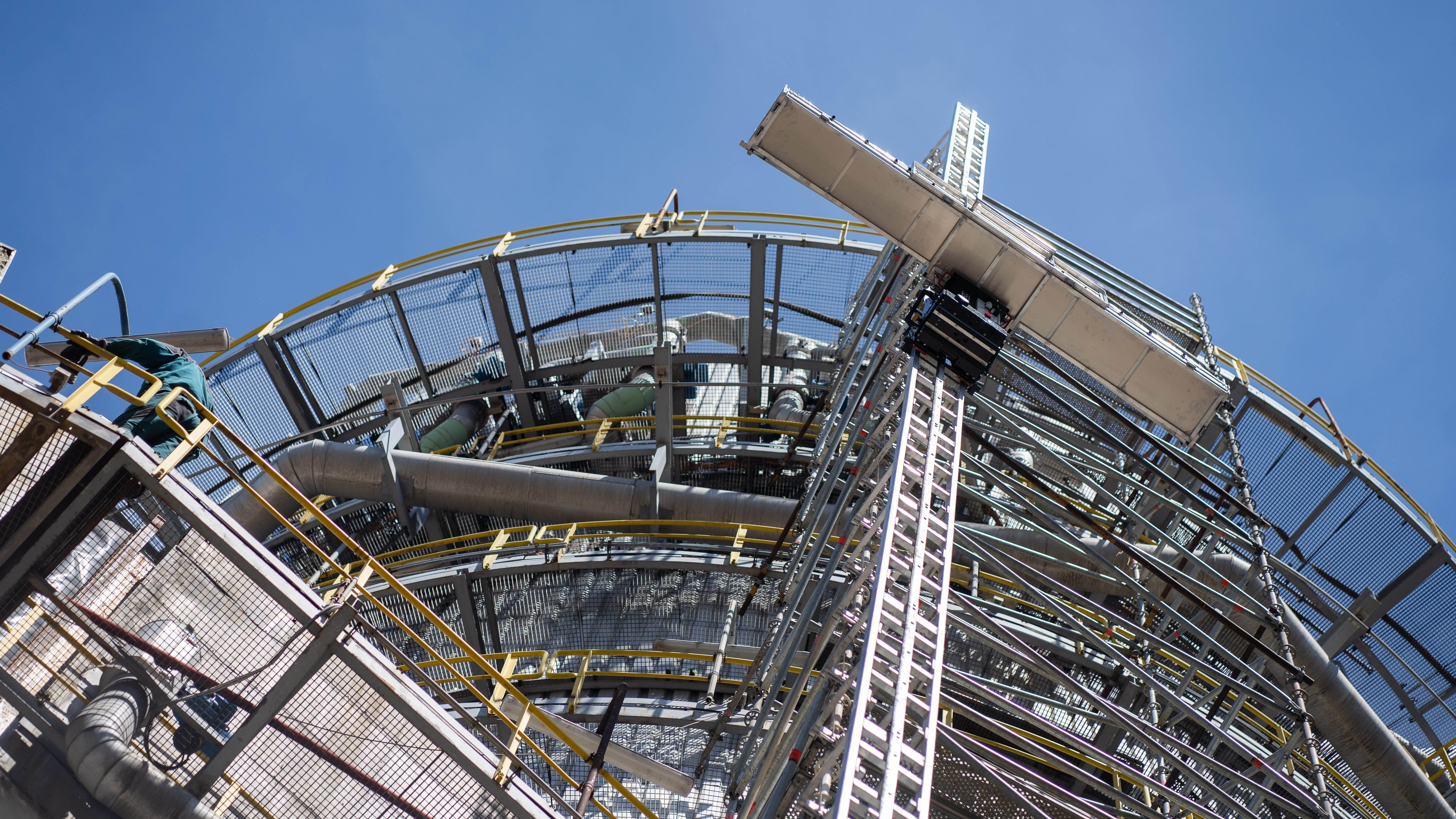Cutting Embodied Carbon with Technology
The climate crisis hits the construction industry – one of the largest contributors to CO2 emissions – and it must find ways to decarbonize. While operational carbon emissions have been or are in the process of being addressed, embodied carbon must also be considered to complete the whole life cycle assessment.
Author
Luka Stefanovic
works as a senior architecture industry specialist at Vectorworks. His experience in international projects and his longstanding passion for sustainable architecture have led him to create a calculator for the assessment of carbon emissions directly from a BIM model.
This article belongs to the collection Sustainability
To the topic pageRead more from Stefanovic in DRC Sustainable Future: Journal of Environment, Agriculture, and Energy.
The climate crisis hits the construction industry – one of the largest contributors to CO2 emissions – and it must find ways to decarbonize. While operational carbon emissions have been or are in the process of being addressed, embodied carbon must also be considered to complete the whole life cycle assessment. Technology – and software solutions in particular – can play a role in enabling designers to easily incorporate sustainable practices into their work, leading to widespread adoption and policy changes. New digital solutions that enable embodied carbon assessments to be carried out quickly and easily provide an increased incentive to address these emissions.
What is Embodied Carbon?
Buildings contribute to carbon emissions in two ways: operational carbon from daily energy use and embodied carbon from construction materials. Embodied carbon includes emissions associated with materials and construction processes throughout a building or infrastructure's lifecycle, from raw material extraction to every project stage. Operation is just one phase, and embodied carbon is recognized as a missing piece of the puzzle for the whole picture. The construction industry has focused on reducing operational carbon for some time but only recently started addressing embodied carbon. Embodied carbon makes up 11% of global emissions but has been largely overlooked. As operational carbon is reduced, embodied carbon's significance will increase unless there is greater awareness and effort to reduce it.
What Standards Relate to Embodied Carbon?
European Standard EN 15978 defines project lifecycle stages for Life Cycle Assessment (LCA). These stages include the planning stages of a project, where materials and products are selected, quantified, procured, and manufactured; transportation to the site; the construction phase; the operation phase, including repair, refurbishment, replacement, operational energy, and water use; and end of life, including demolition, waste processing, and disposal.
Most of the work around reducing carbon has been focused on the later stages of the project lifecycle – from the transportation stage onwards. Embodied or upfront carbon, however, is about reducing the emissions from the earliest stages of a project, such as the carbon created during the extraction of a material (like aggregates) or the manufacture of a product (like precast concrete elements.)
Making the Workflow Work
Calculating embodied carbon is straightforward, yet it does rely heavily on accurate input. Material properties – including density and embodied carbon factor – as well as the quantity, are required for analysis. Environmental Product Declarations (EPDs) provide this information for specific products, while data libraries offer generic material parameters based on statistical averages for different markets. Therefore, the quantities are the unknown variable that presents the biggest challenge for designers.
To perform basic carbon assessments, many practices have manually set up Microsoft Excel worksheets or used tools that require manual material quantity input. However, entering material quantities against each material's properties is a time-consuming manual process that must be repeated every time a project changes, requiring extensive effort. Undertaking the quantity calculations towards the end of the design phase is the most accurate as the quantities are more certain, but it reduces the time for implementing changes. Where traditional 2D drafted plans are used, a manual approach is required for accurate quantity take-offs, reducing efficiency. Having a Quantity Surveyor (QS) on the project can offer benefits, but their involvement is limited to a fixed design.
On the other hand, a working Building Information Modeling process (BIM) offers a longer window of opportunity to act, making changes easier and less expensive and allowing for a more streamlined approach by querying the model for material quantities. In this case, technology can help by reducing the burden of calculating quantities and improving the accuracy of the data.
The Role of Technology
Many offices could do more to address carbon assessment, but their busy workload prevents them from dedicating the necessary knowledge, time, and effort. The manual assessment process is separate from their main design focus, which is the main reason that these assessments do not happen. Technology can reduce the time needed, lower the knowledge barrier, and provide designers with early insight and opportunities to act through automated tools that complement their workflow.
Vectorworks, as a BIM software provider and part of the Planning & Design Division of the Nemetschek Group, saw the perfect opportunity to address this need and develop a tool for our customers, leveraging our advantage as a familiar software solution that can integrate into existing design workflows. They created the Vectorworks Embodied Carbon Calculator (VECC) tool for BIM software users to assess their projects' carbon impact. It has undergone several iterations since its release one year ago and is primarily used by architects, with growing interest from landscape architects and entertainment industry professionals.
Architectural offices using the VECC for carbon assessments have found the process significantly automated since its release, enabling them to offer a service they previously could not have spent significant time on or simply lacked the resources to undertake. Feedback from qualified users interested in sustainable design workflows has been positive, enabling the assessments to be undertaken efficiently and thus raising their profile within the architectural community and among their clients. While more awareness, training, knowledge building, and incentives are still needed, change is happening.
An Important Step towards Decarbonization
Technology must adapt to the approach designers work, striking a delicate balance to create a successful tool that blends seamlessly into existing workflows without representing a radical change. Understanding the future of the construction industry is necessary to provide tools that shape the industry's emission reduction drive, with carbon assessments playing an important role. While there is still much to do, technology such as the VECC tool, is the first step on this incredibly important journey.





